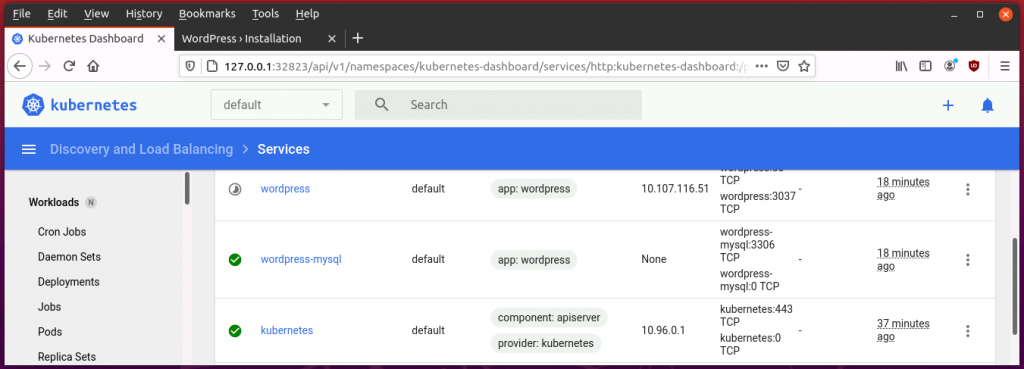
I’m almost happy with the basic hands-on understanding I have gained about Kubernetes about which I have written in part 1 to 3 of this series. I understand much better now how Kubernetes manages Docker containers, how it abstracts and manages the distribution of containers in a cluster of servers and how it makes services running in containers reachable from the outside world. From a developer and network administrator point of view, however, one important thing is still missing: How does Kubernetes manage persistent storage for containers? So let’s have a look at this and also experiment with a hands-on example: Running a WordPress Blog with a MySQL database in a Kubernetes cluster. As you will see, it’s not rocket science.
Continue reading Kubernetes Intro – Part 4 – Persistent Storage